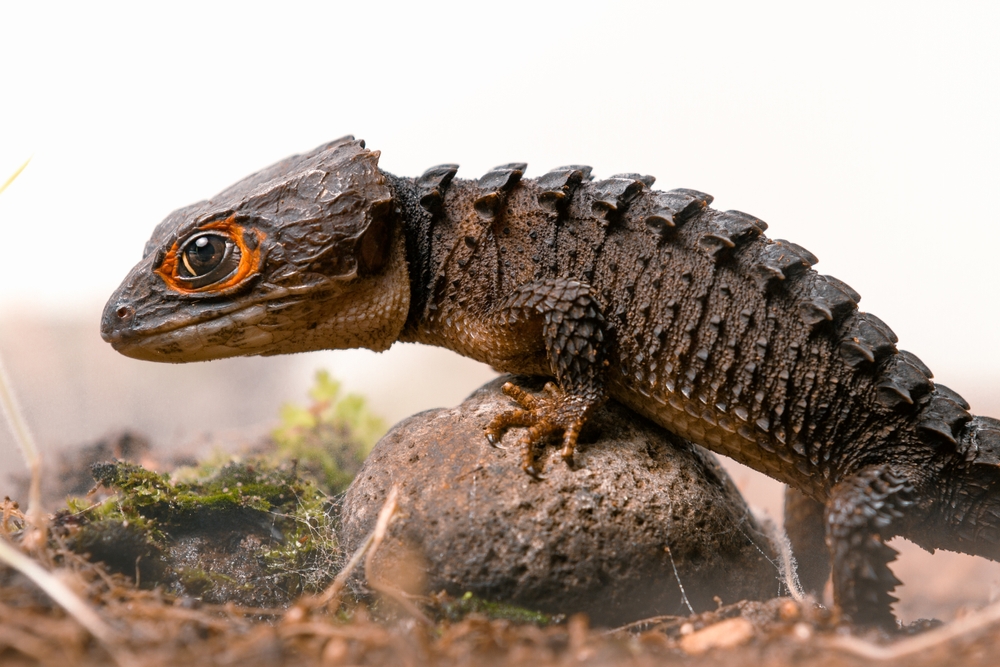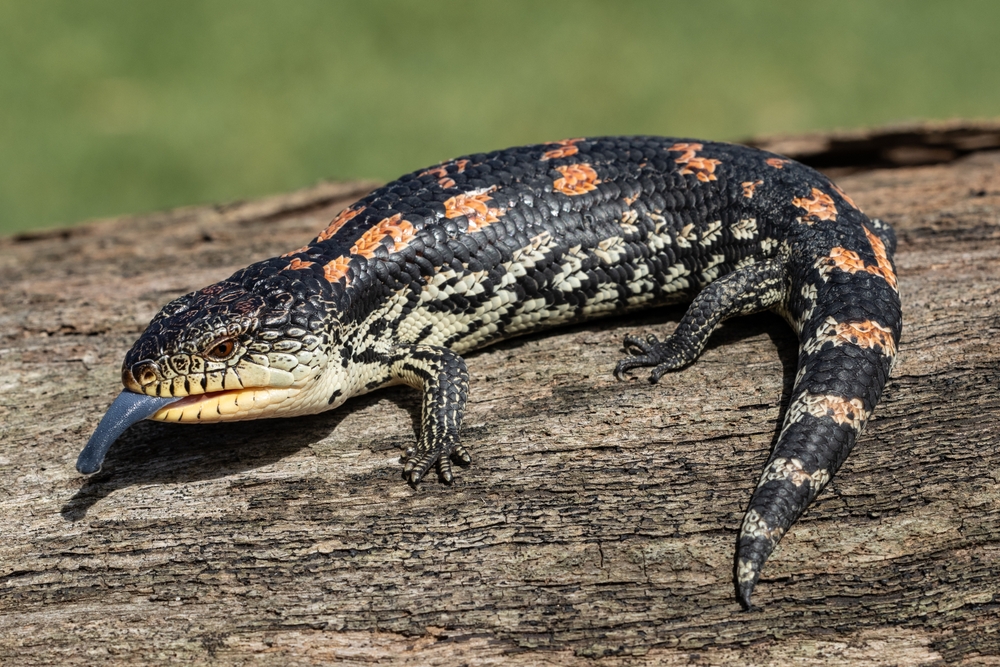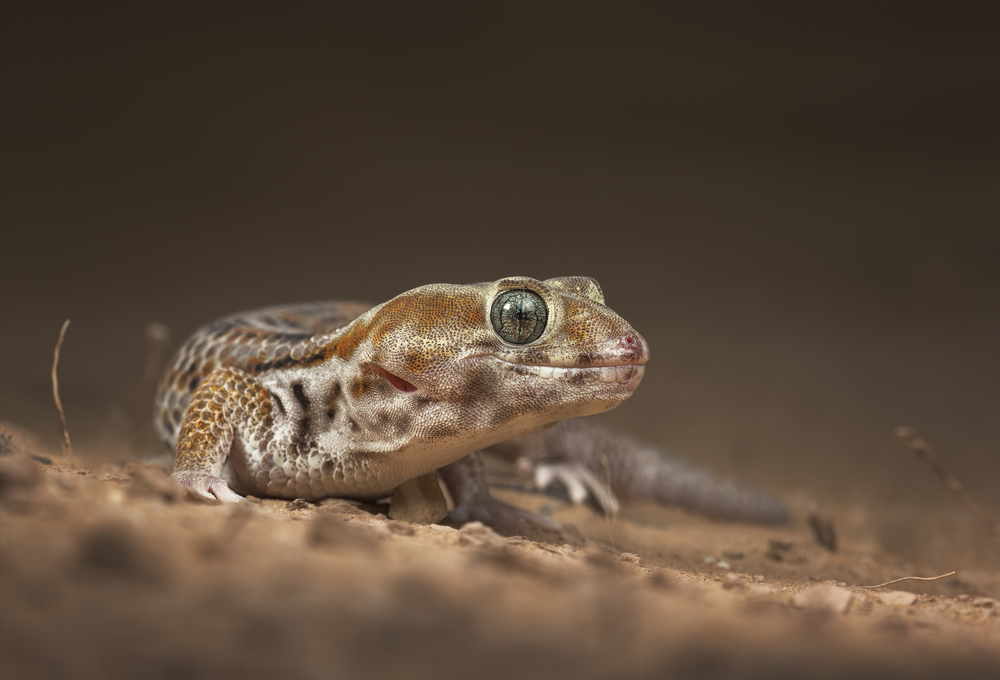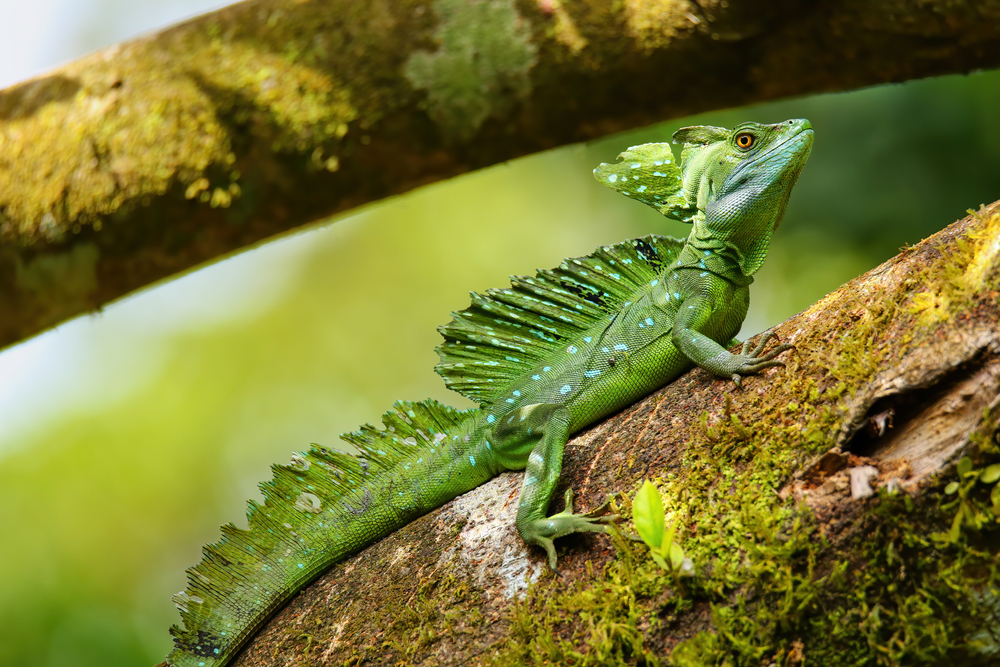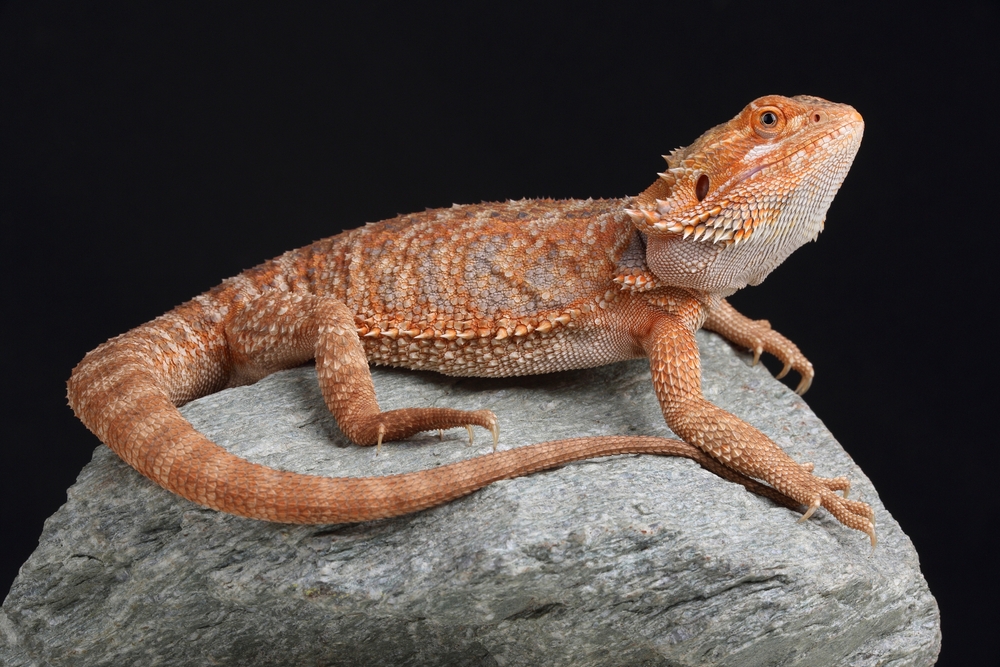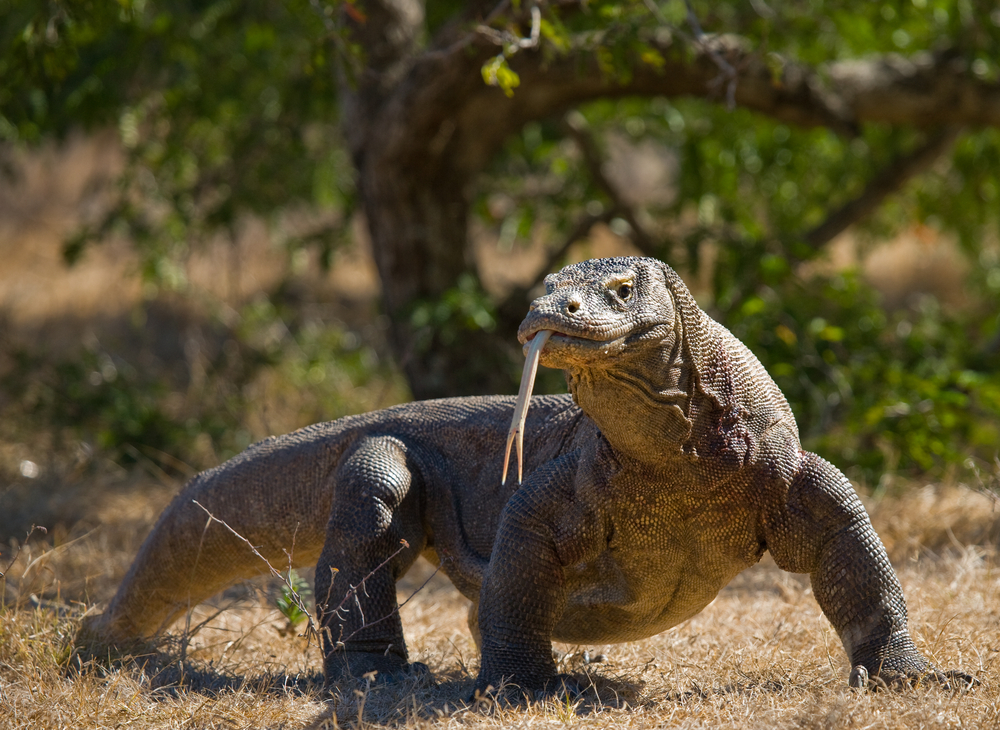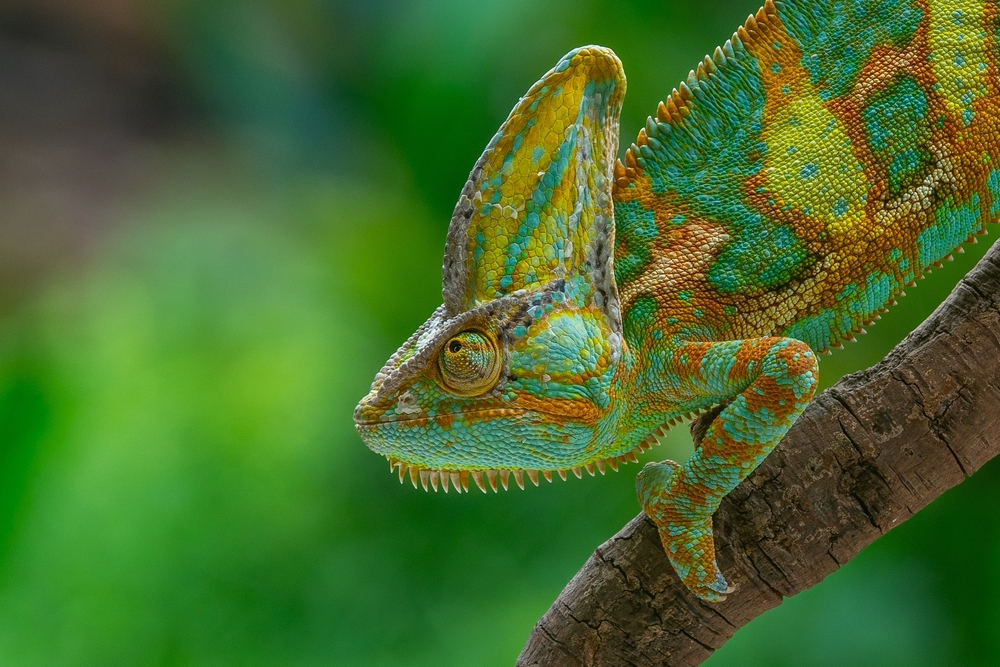The Crocodile Skink belongs to the genus Tribolonotus, and its closest relatives are other species within this primitive, armored skink group found mostly in New Guinea and surrounding islands.
-
Tribolonotus novaeguineae (New Guinea Crocodile Skink):
-
Similar in body size and armor but lacks the distinctive red eye rings
-
Shares the same rainforest habitat and armored, keeled scales
-
-
Tribolonotus ponceleti:
-
Slightly more aquatic, often found in damp lowland forests and swamps
-
Less common in captivity, but morphologically similar
-
-
Other Tribolonotus species:
-
Vary in size, scale arrangement, and color patterns
-
All share the crocodilian scale rows, tail structure, and low reproductive rate
-
These relatives all demonstrate a conserved evolutionary design—armored bodies, rainforest ground-dwelling habits, and a preference for moist, shaded environments—making Tribolonotus gracilis one of several fascinating outliers within the skink family.



































































